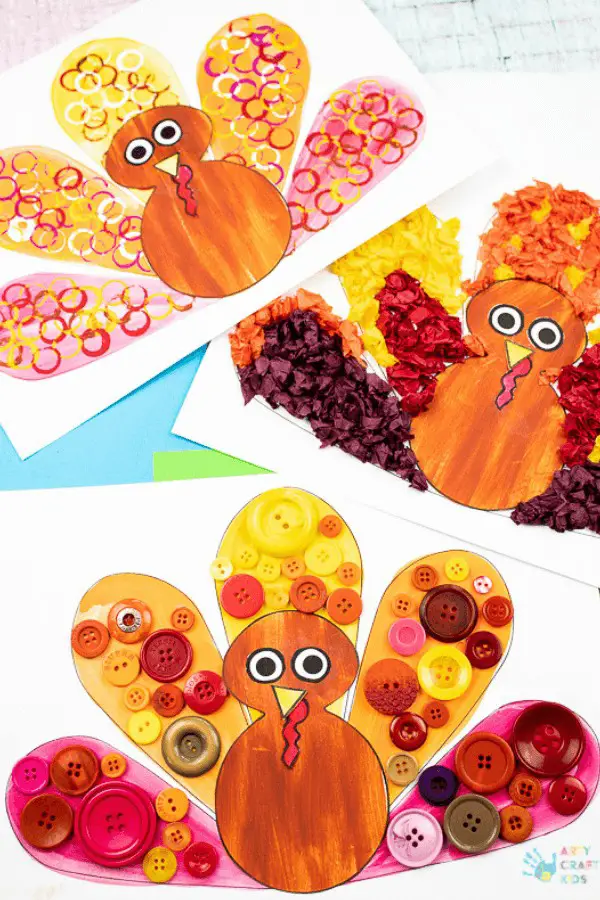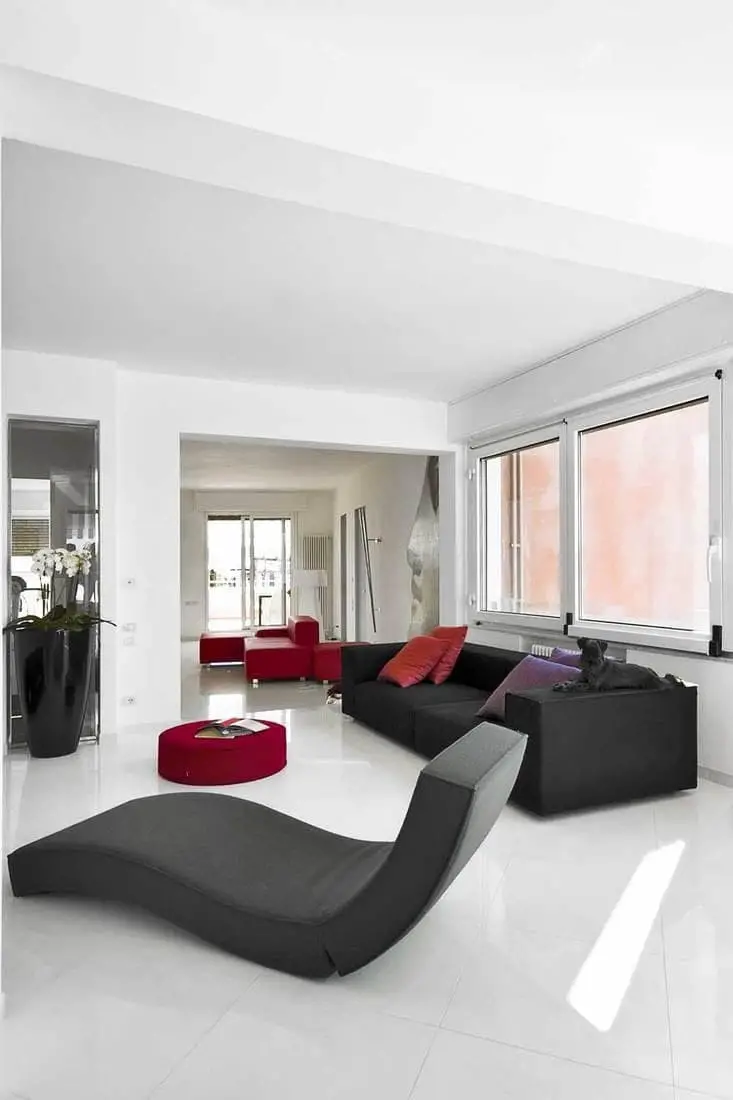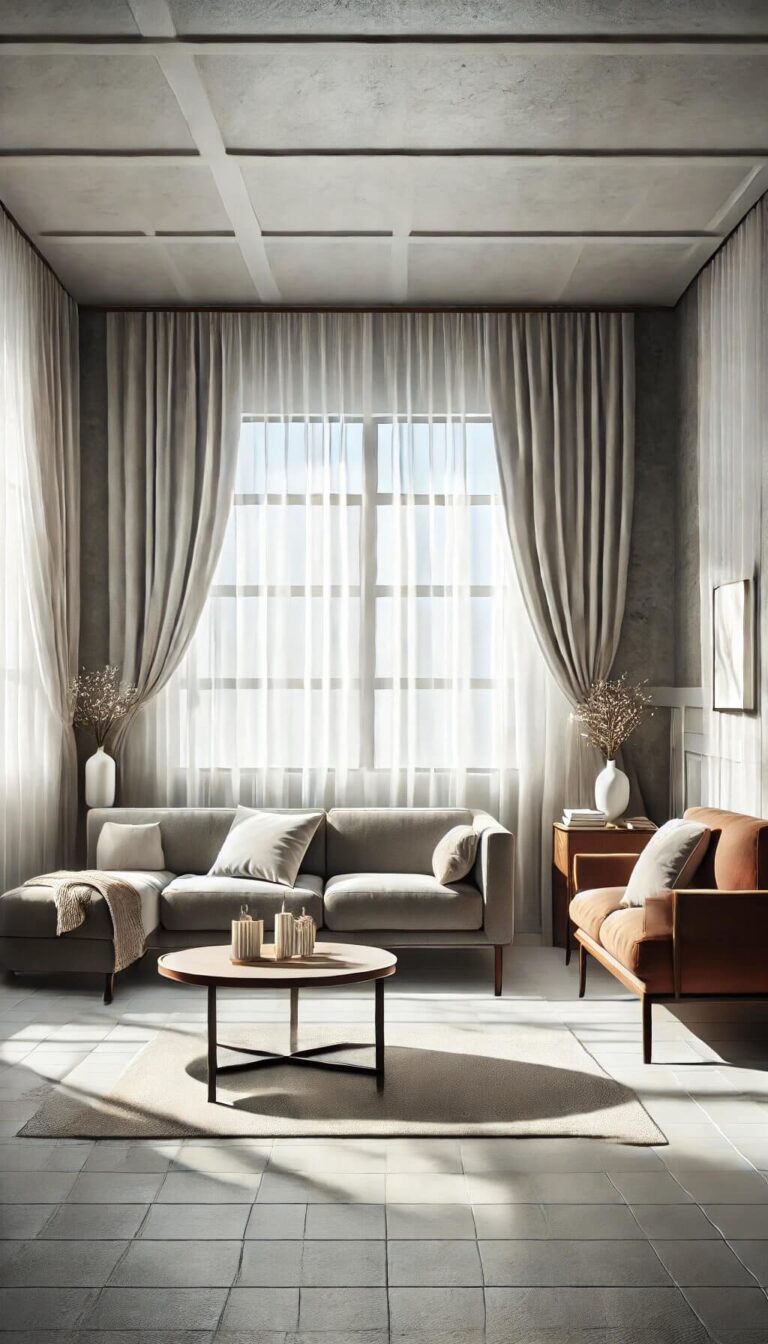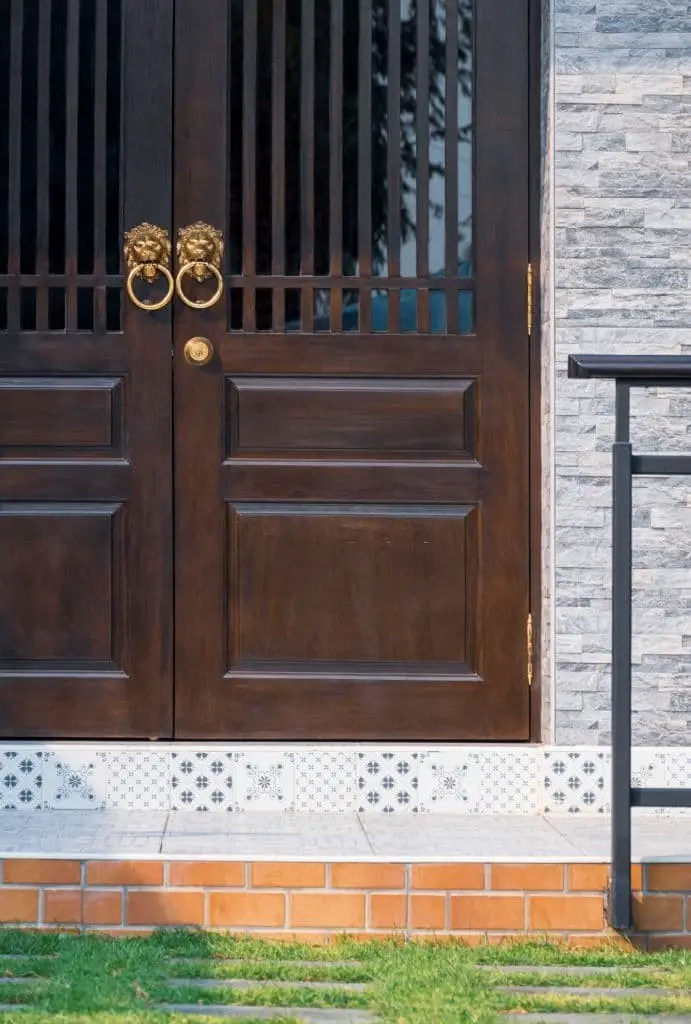Shiplap Alternatives: 13 Gorgeous Wall Covering Ideas
While shiplap remains a popular choice for adding character to walls, it’s not the only option. In fact, it’s starting to feel somewhat overused. If you’re looking for something that will make your walls truly stand out, there are many alternative options available. For instance, you could try incorporating accent colors, applied molding, or board and batten designs. Alternatively, you could opt for more unique textures like caning, nickel gap boards, or patterned wood.
Plaster, reclaimed wood planking, reeded or fluted panels, stenciling, textured wallpaper, tile, and wood herringbone are all viable options that can add a touch of personality to your walls without relying on shiplap.
Shiplap Alternatives
Accent Colors.
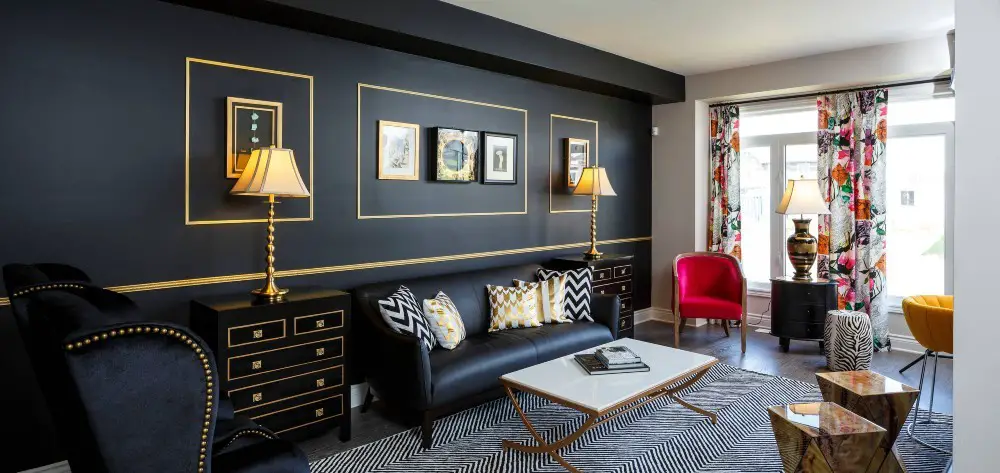
When seeking alternatives to traditional shiplap, consider incorporating accent colors into your design. These bold and eye-catching hues can add visual interest, create depth, and draw attention to architectural features or focal points. To select the perfect accent color, it’s essential to consider the overall color scheme of the space and the desired mood you want to evoke. However, before making a final decision, keep in mind a few key factors.
Firstly, ensure the chosen accent color complements the existing palette without overpowering it. Secondly, think about the atmosphere you want to create in the space – energetic and vibrant, or calming and serene? The right accent color can significantly impact the ambiance. Thirdly, consider the natural light the space receives, as this can greatly affect how the color appears. Finally, don’t forget to coordinate with other rooms in your home to maintain a cohesive look throughout.
Applied Molding.
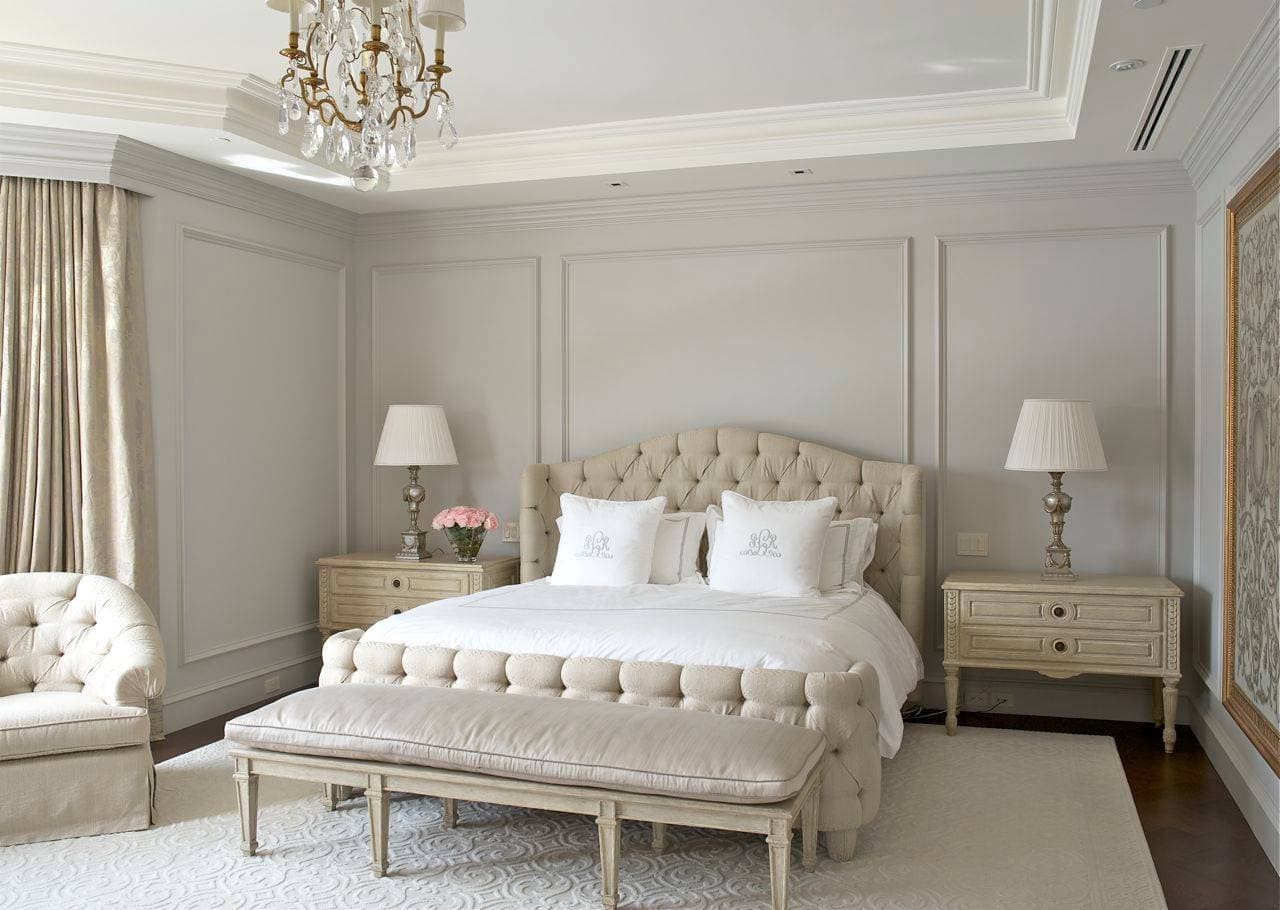
If you’re seeking an alternative to shiplap, consider applied molding as a viable option. This versatile design element offers a wide range of styles and can be used to create various looks, from rustic to modern. Applied molding’s adaptability allows it to seamlessly integrate with different aesthetic preferences. In addition to its versatility, applied molding is also a more durable alternative to shiplap.
It can be crafted from a variety of materials, including wood, plastic, and metal, making it an excellent choice for those seeking a long-lasting solution. Installation-wise, applied molding is relatively straightforward, accommodating nails, screws, or adhesive. As such, if ease of installation is a priority, applied molding remains a compelling alternative to shiplap.
Board and Batten.
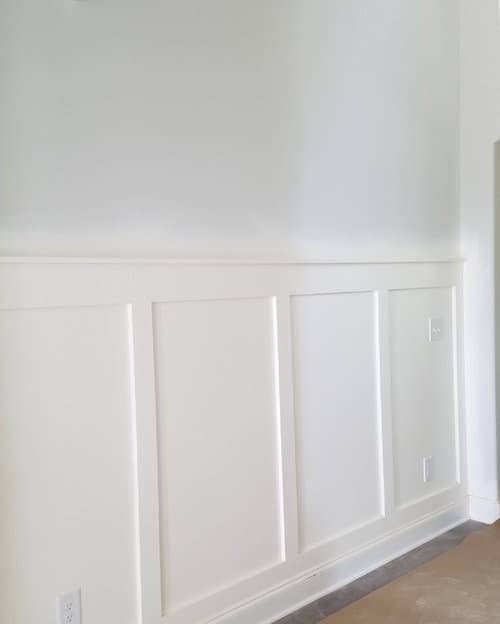
Board and Batten offers a compelling alternative to shiplap. Its versatility knows no bounds, allowing it to be used indoors or outdoors with equal ease. What’s more, its installation process is significantly streamlined compared to other wainscoting options. When exploring alternatives to shiplap, Board and Batten stands out for its adaptability. This type of wainscoting can effortlessly blend into country-style homes and cabins, yet it also holds its own in more modern settings.
The boards are typically spaced about a half-inch apart, permitting airflow and precluding moisture damage. Pros and Cons:The versatility of Board and Batten is its greatest strength. It can be incorporated into a wide range of architectural styles, from rustic to contemporary. Additionally, this wainscoting option is relatively simple to install, particularly when utilizing pre-made kits.
Furthermore, it serves as an excellent means of injecting visual interest into any room while also drawing attention to architectural features. However, Board and Batten does come with its share of drawbacks. The use of high-quality materials can drive up costs significantly. Moreover, the installation process may prove time-consuming, especially for DIY enthusiasts.
Lastly, this type of wainscoting may not be the most suitable choice for spaces prone to moisture, as the gaps between boards can allow dampness to seep in and cause damage.
Caning.
When it comes to Shiplap alternatives, caning is a popular choice that offers unique benefits. For one, it tends to be more budget-friendly than Shiplap, making it an attractive option for those looking to add some personality to their space without breaking the bank. The textured surface of caning also provides visual interest and depth, which can help to create a cozy and inviting atmosphere.
Available in materials such as bamboo, rattan, and wicker, caning can be found at most home improvement stores or online. While installation may require some basic carpentry skills, it’s generally considered a relatively straightforward process that can be accomplished with ease. If you’re not comfortable tackling the installation yourself, there are always professional options available.
Ultimately, caning is an excellent way to add texture and visual appeal to your home without sacrificing style or functionality.
Nickel Gap Boards.
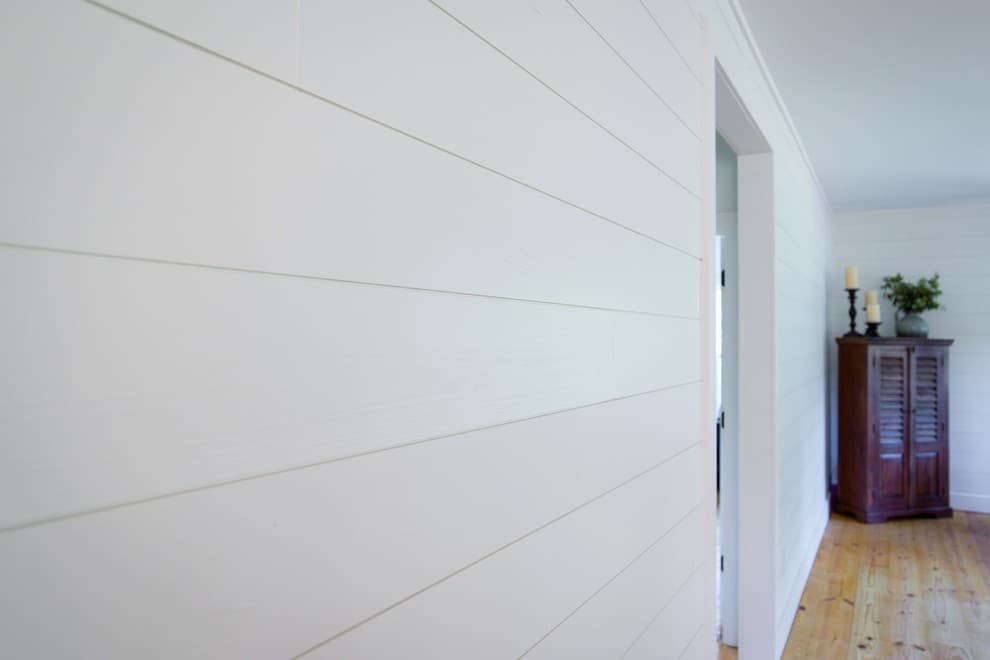
Looking for a substitute for shiplap? Nickel gap boards are an excellent option, offering a similar aesthetic with one key difference: wider gaps between the boards. This rustic look can seamlessly integrate into any home style. A major advantage of nickel gap boards is their ease of installation, making them suitable for both walls and ceilings. Moreover, they’re incredibly versatile, allowing you to paint or stain them to harmonize with your desired decor.
Patterned Wood.
Patterned wood is a versatile and practical material that can be easily sourced from most hardware stores. Its adaptability is one of its greatest strengths, as it can be used both indoors and outdoors, making it an excellent choice for individuals seeking to infuse their living spaces with personal flair without worrying about the elements’ impact.
Furthermore, patterned wood’s versatility allows homeowners to achieve a diverse range of aesthetic looks, from rustic to modern, depending on their desired design direction. Additionally, this material offers a unique opportunity to introduce color into one’s home, further enhancing its appeal as a creative solution for those seeking to add personality and charm to their living spaces.
Plaster.
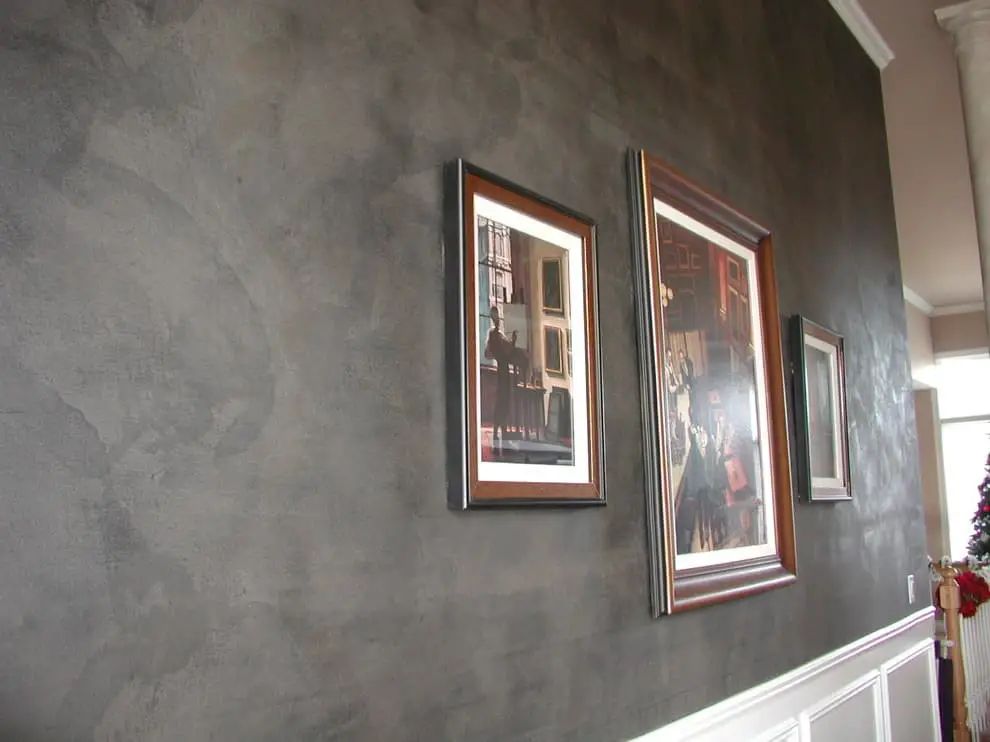
Plaster has been a timeless material in interior finishing for centuries, crafted from a simple mixture of lime, sand, and water. Its versatility allows for either manual or machine application, yielding diverse aesthetics. As a construction material, plaster boasts numerous advantages. For instance, its durability ensures longevity, while its fire- and mold-resistance provide added security. Moreover, repairs are relatively straightforward if damage occurs.
Nonetheless, there are also some drawbacks to consider. Plaster’s substantial weight can be a hindrance in certain projects, and novices may struggle with its handling. Nevertheless, plaster remains a popular choice for many due to its unique characteristics.
Reclaimed Wood Planking.
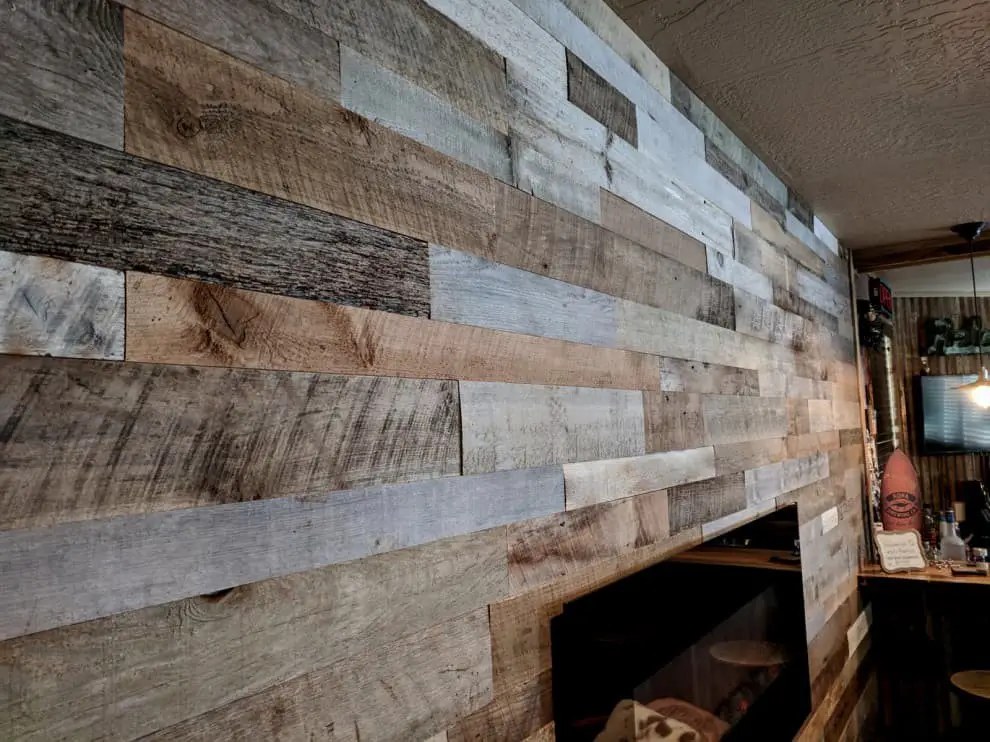
While shiplap’s rustic charm is undeniable, its cousin – reclaimed wood planking – offers an equally stylish and unique alternative. This versatile material can be sourced from most hardware stores and comes in a range of colors and styles, making it easy to find the perfect fit for your home. If you’re looking to create a rustic or industrial vibe, reclaimed wood planking is an excellent choice.
Installation is also relatively straightforward, and the variety of options ensures that you can achieve the desired aesthetic. While reclaimed wood planking offers many advantages, there are some factors to consider before making a decision. One key consideration is cost – reclaimed wood planking can be more expensive than traditional shiplap. Additionally, finding reclaimed wood planking that is wide enough for siding purposes may require some extra effort.
Furthermore, it’s essential to note that this material may contain lead and other toxins, so it’s crucial to have it tested before installation. Ultimately, reclaimed wood planking can add a touch of elegance to your home, but it’s vital to weigh the pros and cons carefully before making a decision.
Reeded or Fluted Panels.
Reeded or fluted panels are a versatile design element that can add visual interest to any space. These panels feature vertical lines or grooves, often made from materials like wood, metal, or glass. While they share some similarities with shiplap, they offer unique benefits and drawbacks. One of the key advantages is their ability to create striking patterns and designs on walls, making them an excellent alternative for those seeking a different aesthetic.
Additionally, reeded or fluted panels are generally easier to install than shiplap, which can be a significant consideration for homeowners or DIY enthusiasts. However, there are some trade-offs to consider. These panels may be more expensive than their shiplap counterparts, and they may also require slightly more maintenance over time due to their unique design.
Ultimately, reeded or fluted panels offer a unique set of benefits that make them an attractive option for those looking to add depth and visual appeal to their space.
Stenciling.
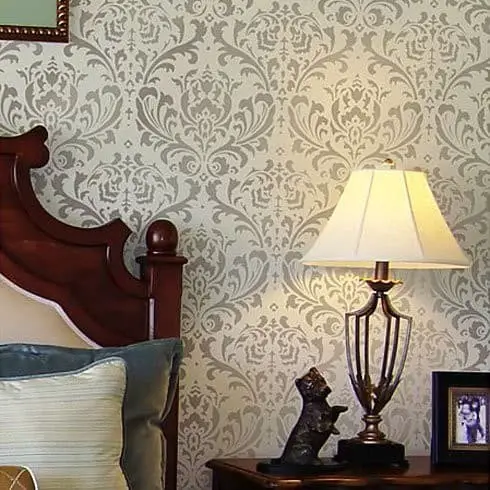
To elevate your space without committing to wallpaper, stencil art is an excellent alternative. Not only does it offer versatility and texture, but it’s also a budget-friendly DIY option. To achieve professional-looking results, follow these key tips: First, employ painter’s tape to ensure crisp edges. Next, utilize a foam roller or brush for even paint application. It’s crucial to reload your brush frequently to prevent streaks from forming.
Finally, test the waters – or rather, paper – before applying the design to your wall. This simple exercise will help you master the stenciling technique.
Textured Wallpaper.
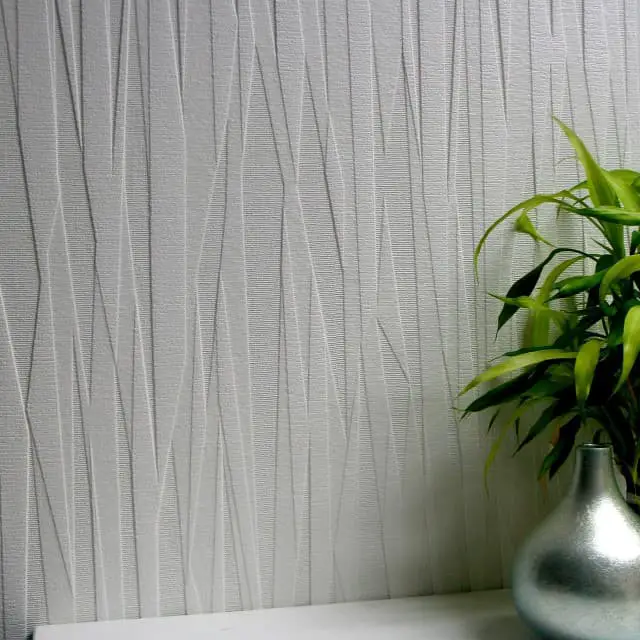
Textured wallpaper offers a unique alternative to traditional shiplap designs. This versatile material adds depth and dimension to walls, making it an excellent choice for creating accent walls or introducing visual interest into a room. With a wide range of textures available, you’re bound to find the perfect design that complements your home’s aesthetic.
While textured wallpaper presents some advantages, such as its ability to conceal minor wall imperfections and add visual depth, it also comes with a few potential drawbacks. For instance, removal can be challenging, and improper installation may lead to peeling or separation from the wall. If you’re considering using textured wallpaper in your home, it’s advisable to consult with a professional installer to ensure a seamless and successful outcome.
Tile.
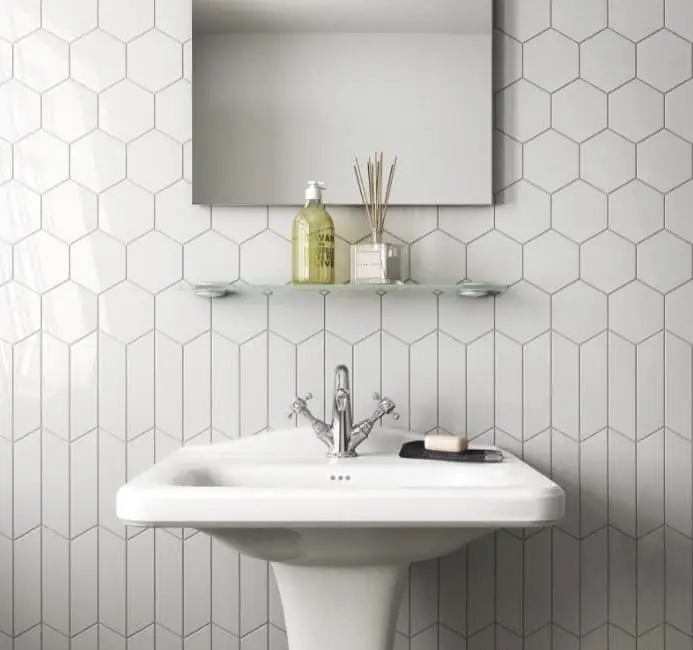
In just a weekend’s time, you can give your space a fresh makeover with tile. This versatile material offers a plethora of benefits and styles to choose from. For instance, you can opt for classic patterns like chevron, herringbone, or basket weave, or go for a sleek look with subway tiles. The possibilities are endless.
When it comes to the pros and cons of using tile, it’s undeniable that one of its greatest advantages is its ease of maintenance.
Unlike shiplap, tile requires minimal upkeep, making it an ideal choice for busy homeowners. Additionally, tile offers a wide range of colors and styles, allowing you to easily tailor it to your space.
However, it’s essential to consider the potential drawbacks of using tile. While it’s relatively easy to clean, tile can become slippery when wet, posing a risk to young children or pets.
Nevertheless, with some basic precautions in place, tile remains a great option for those seeking an alternative to shiplap.
Wood herringbone.
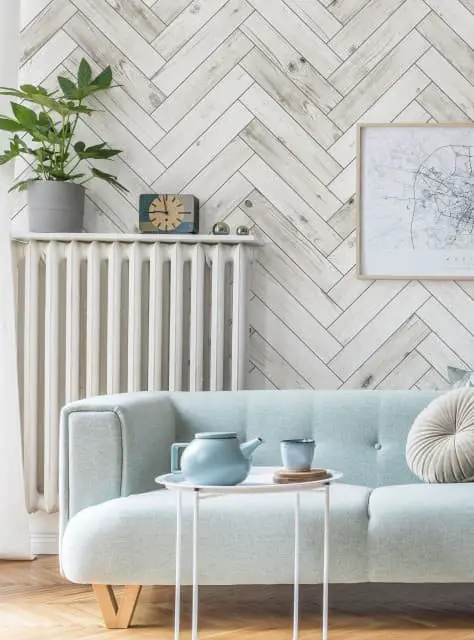
For those seeking a stylish replacement for shiplap, wood herringbone presents an attractive solution. This distinctive pattern injects visual interest and texture into any space, making it an excellent choice for DIY enthusiasts willing to take on a project. The benefits of opting for wood herringbone over shiplap are multifaceted: it’s more durable and easier to install, but comes at a higher price point.
While sourcing wood herringbone may require some extra effort, the end result is well worth the investment. If you’re looking for an alternative to shiplap that offers greater durability and installation ease without sacrificing aesthetics, wood herringbone is certainly a viable option.
FAQs
What is a cheap alternative to shiplap?
One cost-effective way to achieve the look of shiplap is by opting for beadboard, a type of wood paneling characterized by vertical grooves that run along its length. This versatile material can be easily painted or stained to suit your desired aesthetic. By incorporating beadboard into your design, you can effortlessly infuse a space with a rustic, cottage-like charm.
What is cheaper tongue and groove or shiplap?
While some may argue that tongue and groove is a more cost-effective option due to its lower material requirements, others might claim that shiplap takes the crown due to its relative ease of installation. But which one truly comes out on top when it comes to affordability? The answer hinges on a few key factors: the cost of materials and the complexity of the installation process itself.
Tongue and groove boards typically consist of wood or composite materials, with each board featuring a tongue-and-groove system that interlocks seamlessly like a puzzle piece. This type of siding can be pricier than shiplap due to its higher material needs to cover the same area. However, tongue and groove siding has the advantage of being easier to install than shiplap.
The tongue and groove mechanism makes it simple to align the boards during installation, ultimately saving time and money on labor costs. This added value may just tip the scales in favor of tongue and groove for those seeking a balance between cost and ease.
Shiplap siding, on the other hand, is also crafted from wood or composite materials but boasts a distinct design featuring a rabbet (or groove) on one side and a tongue on the other.
This unique setup allows boards to fit together snugly, though it can be more challenging to install than tongue and groove.
While shiplap may initially seem like the cheaper option due to its lower material requirements, the installation process can prove more complex and time-consuming, ultimately driving up the overall cost.
Which is cheaper shiplap or drywall?
When it comes to adding personality to your home on a budget, the cost of shiplap versus drywall is a crucial consideration. While both options have their advantages, the general consensus is that shiplap tends to be more expensive than drywall. The primary factor influencing this disparity is the thickness of the boards. Shiplap typically boasts a thicker profile compared to drywall, resulting in a higher cost per square foot.
Additionally, the finish of the boards also plays a significant role in determining their overall expense. For instance, if you’re opting for a painted finish with shiplap, it will require priming and painting after installation, whereas drywall can be painted prior to being installed, thereby reducing labor and time costs.
Conclusion
With a treasure trove of 18 stunning alternatives, you’re now well-equipped to bring that coveted farmhouse charm into your home without the added expense or hassle of traditional shiplap. No longer must you sacrifice style for simplicity, as each of these beautiful options offers a unique way to achieve the cozy atmosphere you desire. So why wait? Start exploring and find the perfect wall covering to transform your space today!
Related Posts
When it comes to selecting a ceiling color that harmonizes with alabaster walls, there are certain hues that can create a cohesive and visually appealing space. A key consideration is the undertone of the alabaster walls – do they have a warm or cool tone? This will help you narrow down your options for a complementary ceiling color. For instance, if the alabaster walls have a slightly warm undertone, a soft gray or beige ceiling can provide a nice contrast.
On the other hand, if the walls have a cooler undertone, a pale blue or green ceiling could be an excellent choice. It’s also important to consider the overall aesthetic you want to achieve in your space – do you prefer a bright and airy feel or a more subdued atmosphere? Similarly, when pairing colors with grey floors, it’s essential to find a hue that creates a harmonious balance between the two.
A good starting point is to look for colors that share similar undertones – if the grey floors have a cool tone, a blue or green ceiling could be an effective choice. Conversely, if the floors have a warm tone, a beige or golden ceiling might be more suitable. In terms of curtain options with yellow walls, there are many beautiful combinations to explore.
One popular approach is to choose curtains that share similar undertones – for instance, a soft orange or coral hue can create a cohesive and inviting space. Alternatively, you could opt for curtains in a neutral shade like white, cream, or beige, which can provide a clean and simple contrast to the bright yellow walls.

